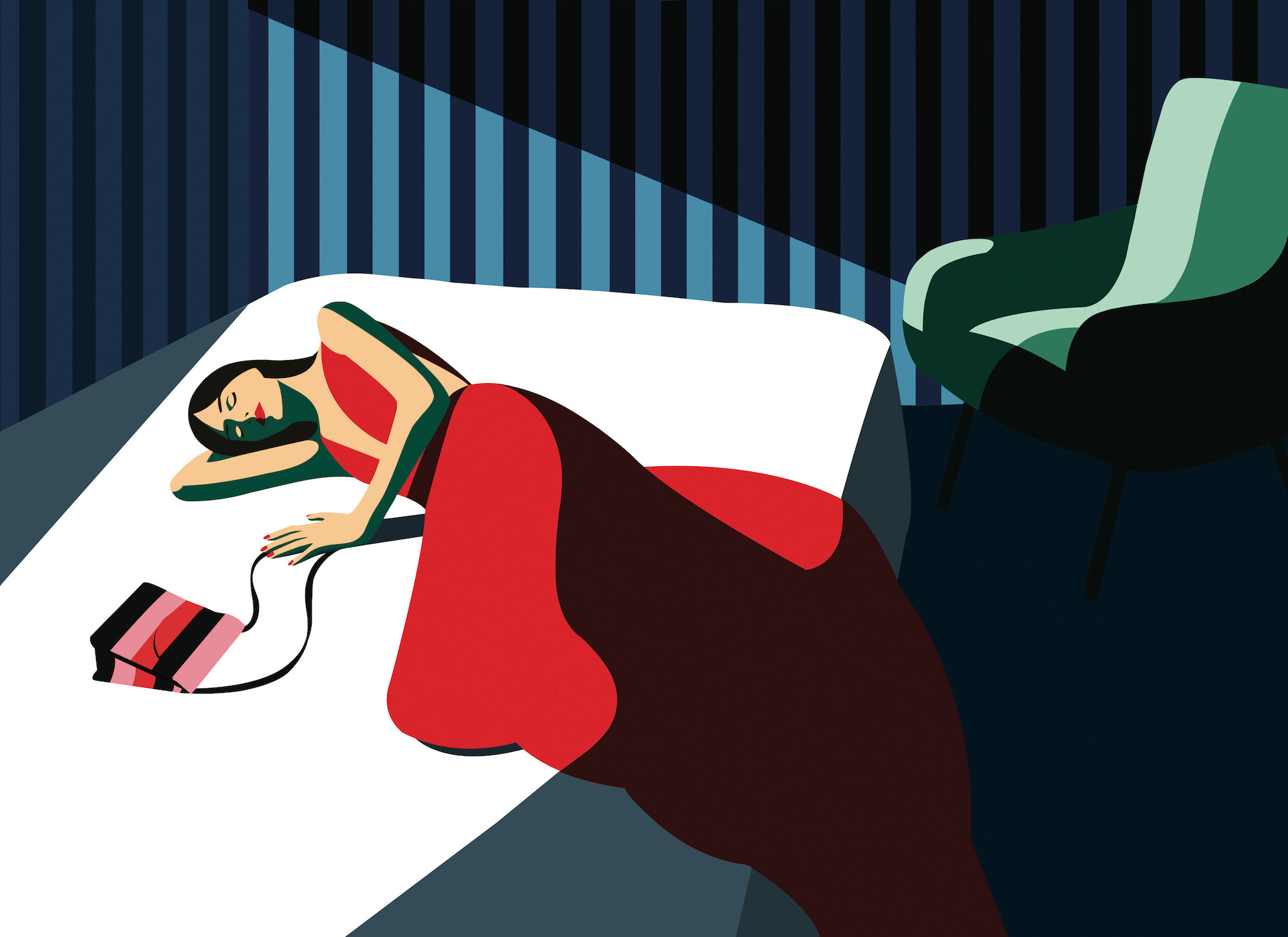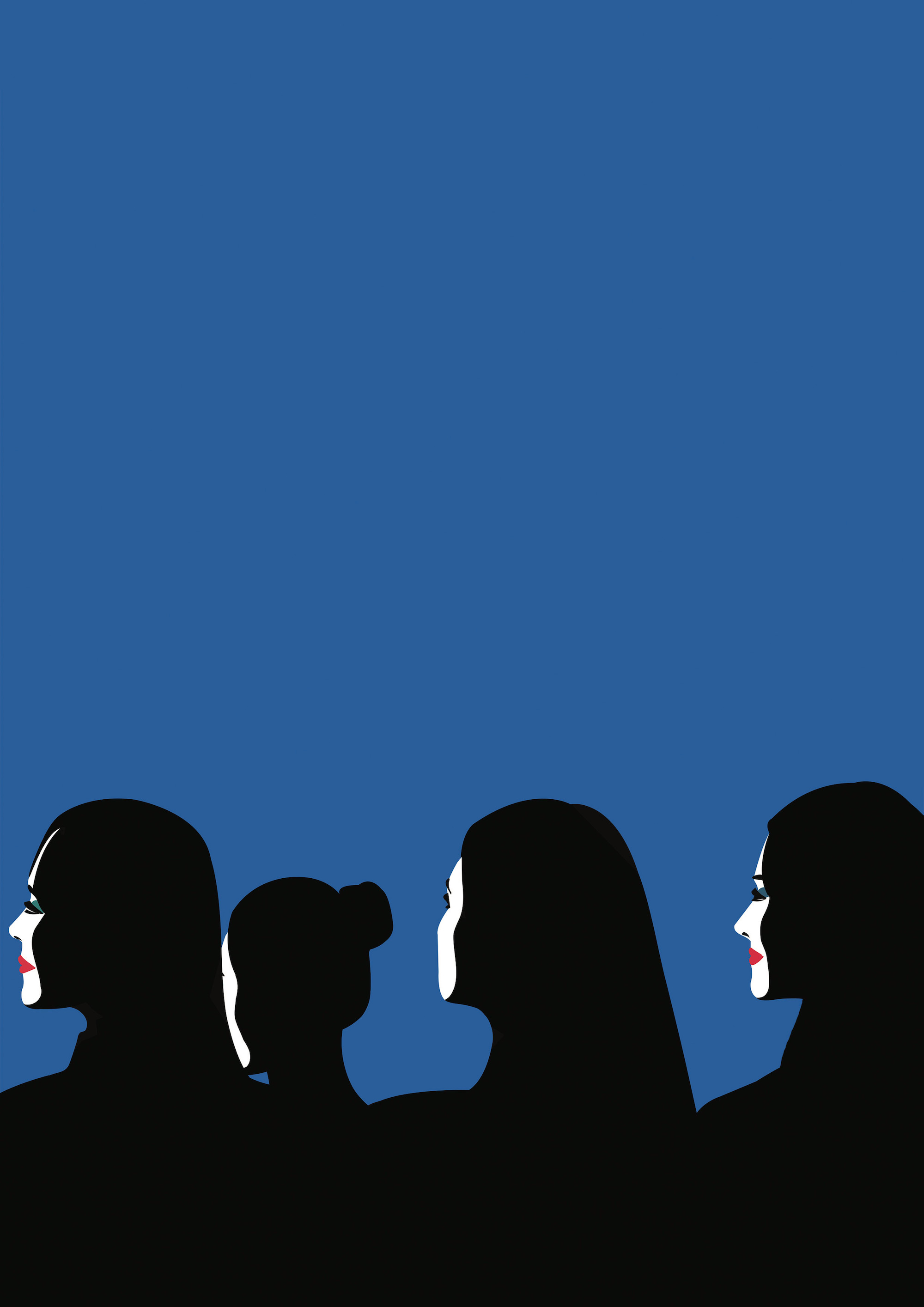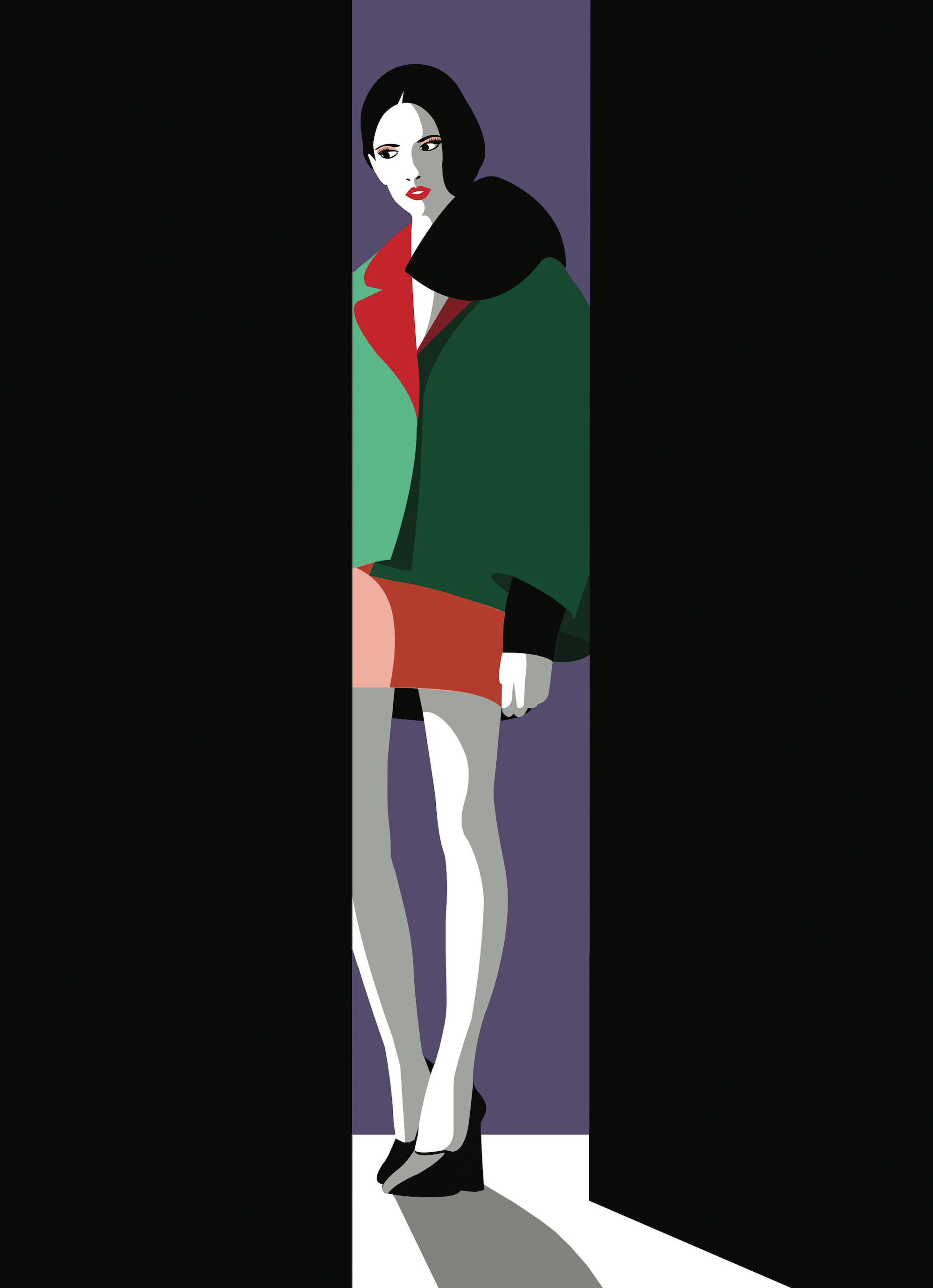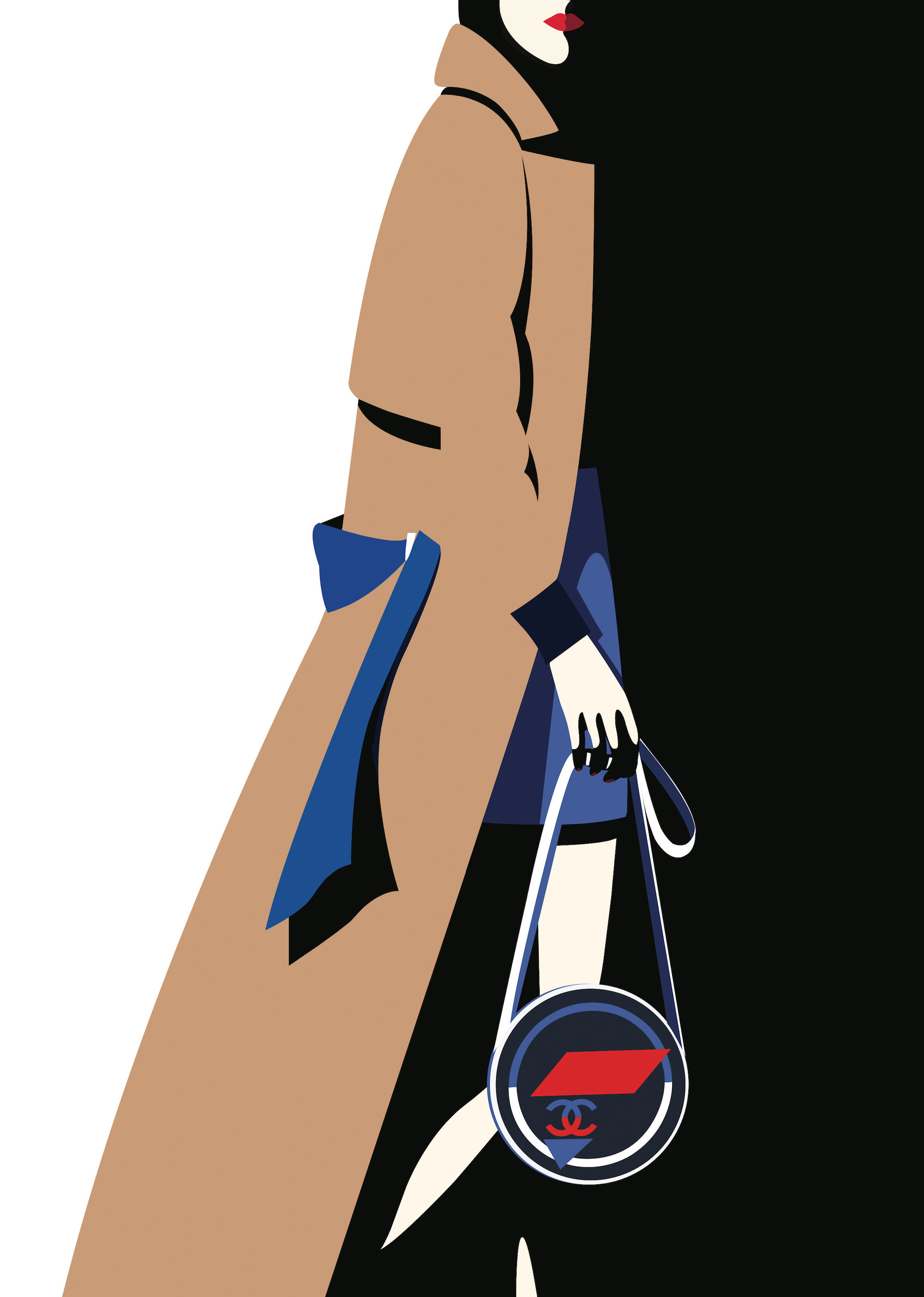MATHILDE CRÉTIER - Making the Best of Two Worlds
Making the Best of Two Worlds
MATHILDE CRÉTIER HAS MANAGED TO TURN HER PASSIONS INTO HER PROFESSION. EVER SINCE CHILDHOOD, SHE HAS LOVED TO DRAW. AS A TEENAGER, SHE WENT ON TO STUDY FASHION. TODAY SHE IS A LEADING FASHION ILLUSTRATOR BASED IN PARIS. WITH A FEW LINES, AN ALMOST CINEMATIC FEEL FOR LIGHT, AND GENERALLY NOT MORE THAN THREE COLORS, SHE CREATES A CLASSY WORLD REMINISCENT OF ROSES, HEELS, HEPBURN AND COCKTAILS – STIRRED NOT SHAKEN! SOME OF HER PAST CLIENTS INCLUDE: ELLE, ELLE PARIS, AZZARO HOMMES, RENAULT AND CHANEL.
Mathilde, lots of people dream of drawing for a living and they would love to know: how did you grow up to be a fashion illustrator?
To be honest, you don't believe that it is ever going to happen to you. One day you get started, but you have no idea if it will eventually work. It’s such a long process. And I think that perseveranceand confidence in your work are the main keys ofsuccess. I grew up in a family of art lovers. The museums we went to and the many trips we didwere my first sources of inspiration as a child. I’vealways been encouraged to do what I wanted to do. And I think that is very important in life. As I grew up, drawing was my favorite hobby, a sort of creative outlet. When I was accepted to an art school in Paris, I realized that it could be even more than that. I decided to specialize in fashion design. Over time, thanks to hard work and a lot ofcuriosity, I finally developed my own style.
Were you always drawing as a child?
Oh, yes! I was drawing all the time. I used to
reproduce the works of painters I admired as a child, such as Chagall and Van Gogh, among many others. Nothing could stop me! Back from a trip to Venice, I was starting to draw the city from every angle. I was curious about everything, and everything was a source of inspiration and ideas. Thanks to drawing, I found a way to expressmyself. I think it’s even stronger when you findout as a child, because you understand you have something special, something that others might not have to convey their emotions.
You have a very calm and graphic style. What are some of the major influences on your work?
There are so many of them, and they are so varied. Recently I went to New York, for example, andit had a huge influence on my latest drawings. Influences changed over the years and are nowbecoming very eclectic. As time goes by, I notice that by taking inspiration from others artists’ works, in design, architecture or even music, you improve your own work and you give a different
outlook. Some pictorial artists struck me and I think they had a huge impact on the way I draw, the way I create. Let’s take Edward Hopper and his incredible lights, for example. Then Matisse andhis cut-outs have always had a huge influence onthe way I see things. From a broader perspective, I am also really inspired by the work of architects such as India Mahdavi, Dimore Studio and their graphic interiors. Jazz is another great source of inspiration for my range of colors!
In short, what makes a good illustration?
That is the question I ask myself every time I’ve completed a drawing. I think that one of the most important things is to know where and when to stop, because it’s all about the balance of colors and shapes. Above all, I think that a drawing must trigger emotions. The color, the expression of a face, its simplicity... I experience that every time I browse through a magazine, I always linger over illustrations that trigger an emotion. Some are nice, but don't trigger anything. Social media is a good example:You only “like” a drawing if it touches you at first sight.
“You don’t believe that it is ever going to happen to you. One day you get started, but you have no idea if it will eventually work. It’s such a long process. And I think that perseverance and confidence in your work are the main keys of success.”
What other illustrators do you really like?
In fact, I like illustrators that trigger emotions in me, such as Jean-Philippe Delhomme. His characters and landscapes make me laugh and touch me. René Gruau is by far my favorite fashion illustrator, because of his avant-garde and modern touch. In a completely different style, I really admire the fashion illustrator Aurore de La Morinerie who taught me a lot (I worked as her assistant a few years ago). She taught me how to give a modern touch to a fashion drawing.
As a fashion illustrator, do you follow fashion religiously?
I studied fashion at Olivier de Serres in Paris and I’m also a trend forecaster, so fashion is part of my life. Fashion is not just a job. It’s a way of life. I’m still very excited during fashion weeks because they’re a great source of inspiration, as
are fashion magazines. You become addicted to it. But it is a vital addiction, in my opinion, when you’re a fashion illustrator. You must keep yourself up to date about trends and new lines. Fashion is supposed to make you thrill!
Do you always dress fashionably?
I try to! But I don’t like to waste my time in stores. I’m only demanding when it comes to the color of the fabrics, as I hate it when they are dull. Working in fashion and dressing fashionably are two different things. I discovered that when I started to work in the fashion industry.
Did you read graphic novels as a child? And you still do?
Our house was full of graphic novels. I was more attracted to graphic novels and illustrated books than I was to comic books. Illustrated books for
children are fantastic. They usually get straight to the point, and I like it when they are simple and all about shapes. I still think they are a huge source of inspiration. When I go to bookstores, I always take time to have a look at the new children books. I think they tell you a lot on the graphic expectations of the moment and current trends. These books often have an avant-garde style.
If the sky is the limit, what would be your ultimate dream project in 2016?
I already had the chance to carry out several projects in the last few months, but I'd say that I would like to work with labels that I love such as Marni for its ultra-graphic style and with Acne and Céline for their amazing modern touch. And why not work with India Mahdavi on an interior design project. That would be amazing!
INTERVIEW BY PETER SPEETJENS




